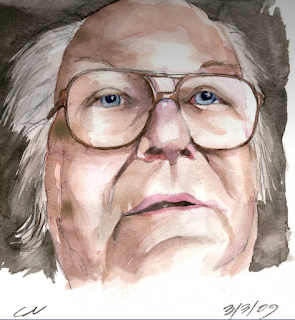Porosity, e.g.
Tolman Hall, which I believe was designed by the office of the late John Carl Warnecke, is not one of UCB's most distinguished buildings, but it is a model of how to provide porosity (that word again) at an important point of access between the campus and community: raising the building up on pilotis (as architects call free-standing columns that support the occupied building above - a favorite motif of the Swiss-French early modernist, Le Corbusier). I often walk under this portal when I cross the campus, as it faces Arch Street, my usual route. In another post, I'll show how the south wall of the main quad at the UCSF Research Campus at Mission Bay fails to provide any porosity at all - something I believe will be regretted later when a new hospital is in place across 16th Street to the south. It's an uncivil gesture to wall a campus off. Traditional academic quadrangles provided numerous ways in, with their buildings forming courtyards or walks that are part of what makes them memorable. The Haas School of Business, one of the last works of Charles Moore (with an L.A. offshoot that went on to design the new Temple Beth-El), maintains this impulse, one saving grace in a building that feels about 20 percent too large and about 20 percent too dumbed down from Moore's doubtlessly more interesting initial vision. (Moore is better known locally for the Sea Ranch Condominiums, designed with another incarnation, MLTW.)



Comments
Post a Comment